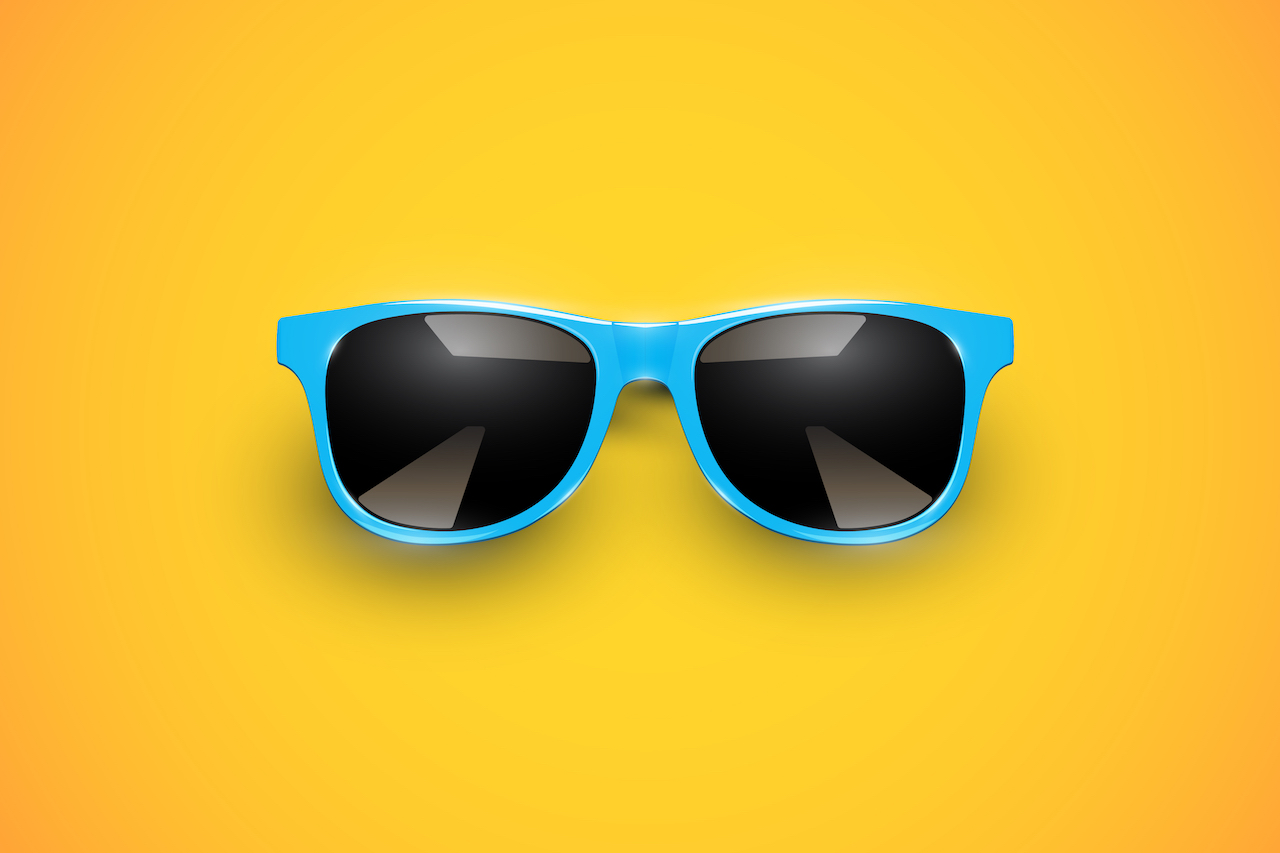The summer sun is here! Which means you’re going to need some cool shades for the beach. But don’t be tempted to grab the cheapest ones you can find – your precious peepers could be at risk.
Cheap sunglasses are cheap because the stylish frame is pretty much all that’s on offer.
Ultraviolet (UV) rays are known for causing sunburns and skin cancers, but these dangerous rays can harm your eyes too. While UV rays are invisible to the human eye, over-exposure can damage your eyes, causing conditions that affect your vision.
Most cheap sunglasses don’t offer protection against UV rays. Many may be “dark”, but this doesn’t make a difference. When you wear dark sunglasses that don’t offer UV protection, your pupils can dilate instead of contracting and this lets more UV light into your eyes. Besides cataracts, excessive exposure to UV light can cause abnormal growths on the surface of your eyes and other eye conditions like macular degeneration and eye cancers.
Common UV-related eye conditions:
- Cataracts: A condition where the eye’s lens is clouded which causes blurry vision. Approximately 20% of cases of cataracts are caused by UV ray exposure.
- Macular degeneration: Caused by damage done to the retina that destroys central vision.
- Pterygium: A tissue growth over the white part of the eye that can change the curve of the eyeball. Pterygium can cause eyesight conditions like astigmatism (blurred vision).
Although most cheap sunglasses won’t offer you the protection your eyes need, some medium-priced pairs can give the right protection. It’s important to know how to pick a pair that will shield your eyes from the damaging rays of the sun and allow you to see clearly and comfortably.
Choose the right pair for your peepers.
- Check that sunglasses are labelled with a sticker that says it blocks 95 to 100% of UV rays or UV absorption up to 400nm.
- Larger sunglasses means more coverage, so choose those celeb-sized sunnies!
- Colour and darkness don’t matter as long as it blocks 100% of UV rays.
- Polarised lenses (reduces reflections and glares from the sun) cut down on glare.
- Photochromic lenses change from clear to dark when exposed to sunlight.
- Choose lightweight polycarbonate lenses.
- Choose a pair that fits properly. It shouldn’t slip down your nose and should fit comfortably around your ears.
- Avoid sunglasses that have a wide gap across the top and edges as these will let in too much sunlight.
Good to know
Overcast skies or colder seasons don’t mean that you’re safe from UV rays. Even on cloudy days, UV rays are dangerous. Always keep your sunglasses handy and wear them outside and while you drive. If you can afford it, visit an optician who’ll be able to help you choose a good pair of sunglasses – and can assess your current pair to see if they offer you enough protection from the sun.
References:
- https://www.vsp.com/uv-protection.html
- https://www.allaboutvision.com/sunglasses/faq/cheap-sunglasses.htm
- https://nei.nih.gov/hvm/healthy_eyes_glasses
- https://www.self.com/story/scary-reason-cheap-sunglasses-terrible-for-your-eyes
- https://www.businessinsider.com/cheap-sunglasses-hurt-your-eyes-2016-6?IR=T

